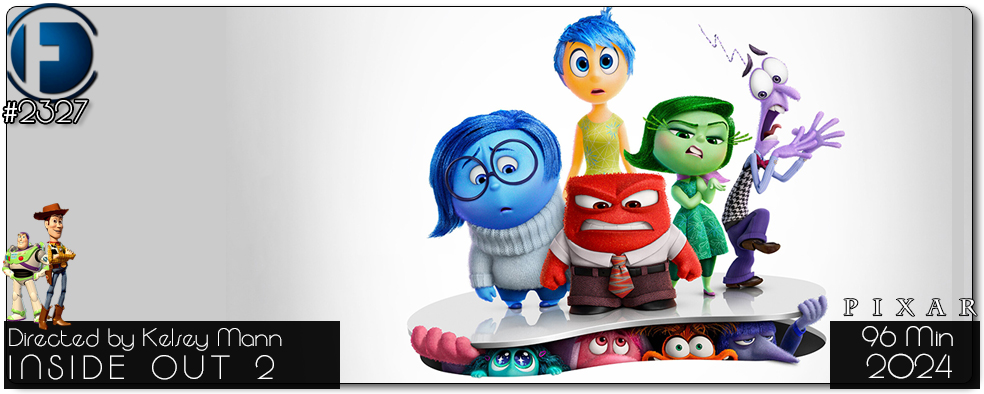Movie Review – Inside Out 2
Principal Cast : Amy Poehler, Maya Hawke, Kensington Tallman, Liza Lapira, Tony Hale, Lewis Black, Phyllis Smith, Ayo Edebiri, Lilimar, Grace Lu, Sumayyah Nuriddin-Green, Adele Exarchopoulos, Diane Lane, Kyle MacLachlan, Paul Walter Hauser, Yvette Nicole Brown, Ron Funches, James Austin Johnson, Yong Yea.
Synopsis: Riley enters puberty, and with that comes a whole range of new – often conflicting – emotions.
********
Pixar’s track record of success in the last few years has been spotty at best, at least when taking box-office into account. Once a blue-ribbon studio and legitimate hit-machine, boasting multiple Oscar-nominated and staggering box office success, the Covid-era projects from Pixar have been met with considerably more underwhelming response, although in fairness that’s perhaps more to do with a few films skipping theatrical release (Soul, Luca, and Turing Red, all released directly on Disney+) and at least two offering a confused, muted experience for four-quadrant audiences (Lightyear, Elemental). Fair to suggest that Pixar needed a genuine hit to reclaim its crown as the preeminent animation studio in Hollywood, and without a true Toy Story sequel in sight Pete Docter and his team turned their attention to one of the studio’s bona-fide classics, 2015’s Inside Out, for further inspiration. Inside Out 2, a snappy sequel nearly a decade in the making, returns audiences to “inside the mind” of young San Francisco teen Riley Andersen, with the girl’s various emotions – Joy, Sadness, Fear, Disgust and Anger – having to make way for an expanded roster of pubescent (and world destroying) additions, notably Anxiety, Envy and Embarrassment, all of whom throw Riley’s weekend-away ice hockey camp into complete disarray.
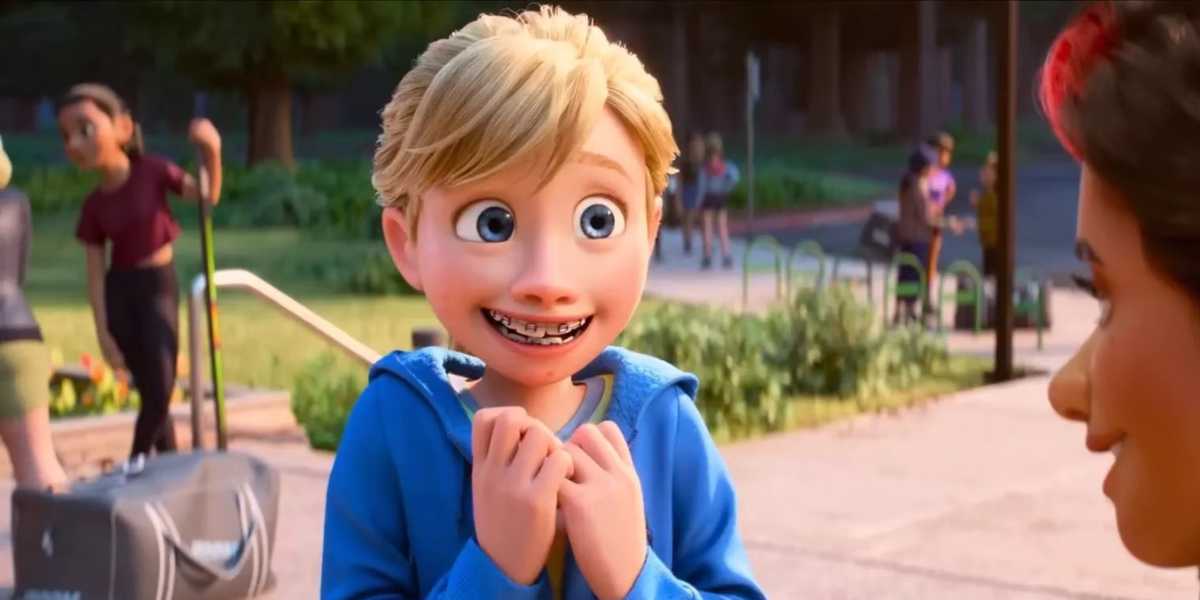
Young Riley (Kensington Tallman) and her friends Bree (Sumayyah Nuriddin-Green) and Grace (Grace Lu) are champions of their local under-age ice hockey team, when the head coach of the school’s summer camp programme, Coach Roberts (Yvette Nicole Brown) invites them to a specialist weekend away with the older team members to attempt to get into the team. Excited, Riley, Bree and Grace arrive simultaneously to a new set of emotions stinging the thirteen year-old with a new range of feelings, leading her to distance herself from her friends in order to try and make the cut. Inside her head, Joy (Amy Poehler), Anger (Lewis Black), Disgust (Liza Lapira), Fear (Tony Hale) and Sadness (Phyllis Smith) are joined by new emotions Anxiety (Maya Hawke), Envy (Ayo Edebiri), Ennui (Adele Exarchopoulos) and Embarrassment (Paul Walter Hauser) in getting Riley through this new phase of her life, forming new friendships and forging stronger old ones.
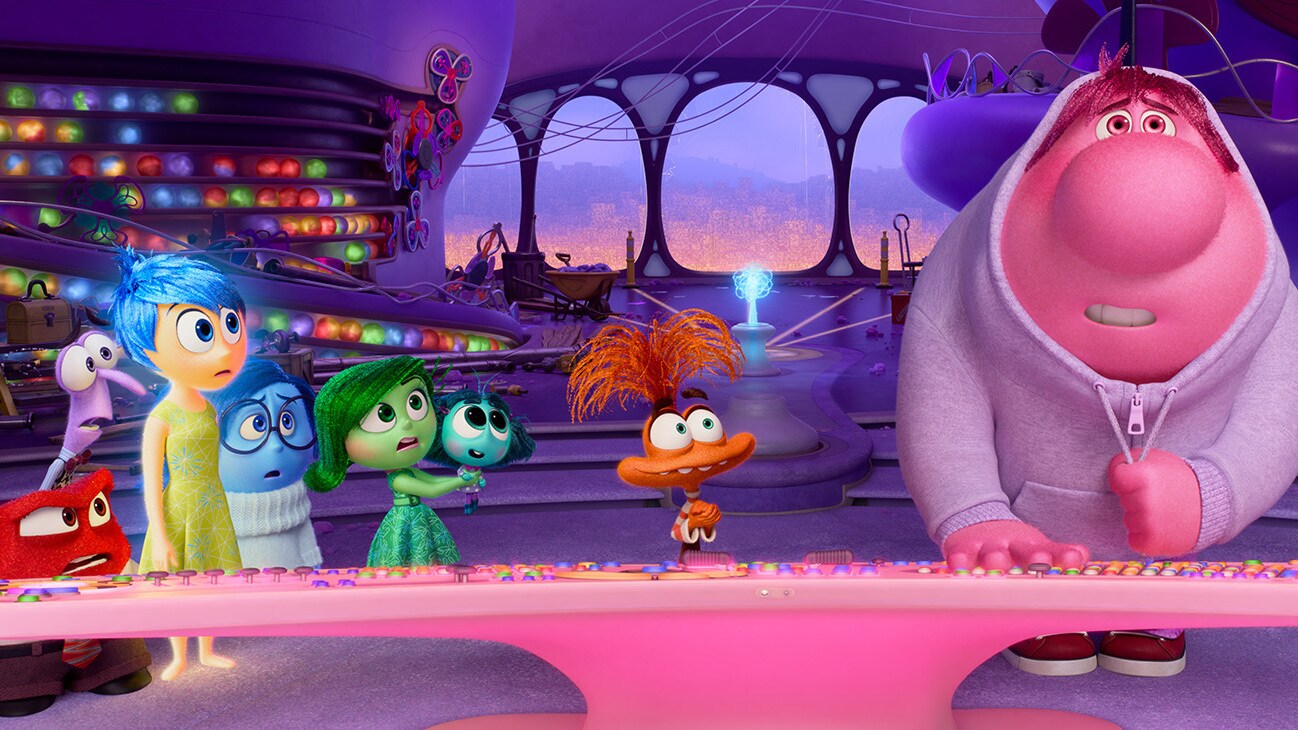
Longtime Pixar story supervisor Kelsey Mann, who directed the Monsters University short-film Party Central, takes over helming from Pete Doctor (who remains as executive producer, now that he’s in charge of Pixar) and delivers a remarkably different film to the original, despite containing may of the same ingredients. Inside Out 2 is a sequel that takes us in a new and engaging direction with Riley stepping into puberty and young-teen adolescence, and as with the first film the metaphorical creativity on display here is… well, frankly it’s exceptional. A bunch of new emotions take charge and throw Riley’s life into chaos, although kids the same age (as well as parents) will nod knowingly as anxiety, rage, jealousy and all manner of emerging feelings manifest as hormones take over. Inside Out 2 is a kind of innocence lost for Riley, and the filmmakers don’t pull any real punches when it comes to depicting the emotional state of a hormone-fuelled teenage girl, particularly when it comes to a sense of identity and inner monologue. While the film’s story is set within the confines of a single weekend, the width afforded to Riley emotional state is remarkably entertaining, pulling deftly at the right heartstrings when required, while retaining the original film’s subtle wit.
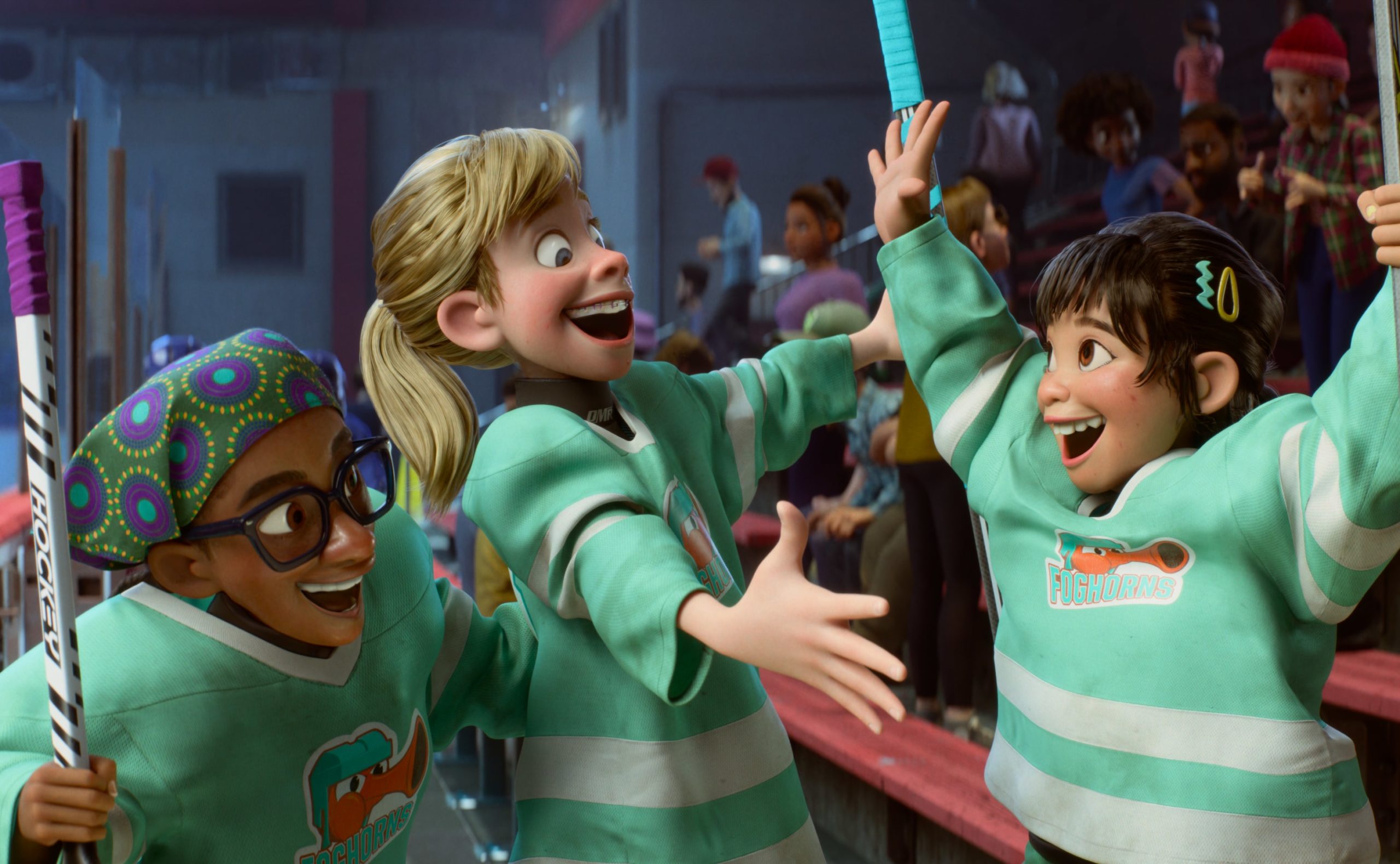
One of the best aspects to the original film was it’s psychoanalytical approach to children and their varied simplified emotion, render by five core ones in Joy, Sadness, Anger, Disgust and Fear. Concepts such as a train of thought, abstract thought, imaginary friends, memory and personality aspects were all superbly designed visual cues for various emotional and physical traits, and one of the biggest treats of the film is revisiting is every so often and considering more of the buried subtext and thematic depth Docter and his team imbued the film with. For Inside Out 2, that same scope and depth of thinking is retained, with canny nods to teenage angst and development – sarcasm, in one of the funniest scenes of the film, is a pointed inclusion this time – and although there’s a more sombre tone to this adventure than the previous one, Inside Out 2 is just delightful and nuanced in what it gives the viewer. There’s a heap here for the kids, a bunch for the teenagers, and plenty for the adults (especially those with kids Riley’s age!) to grab onto and enjoy, each aspect unfailingly different and yet never dumbing down for a specific target audience. Everyone will have takeaways from Inside Out 2, and the film is easily as symbolically intricate as its predecessor.
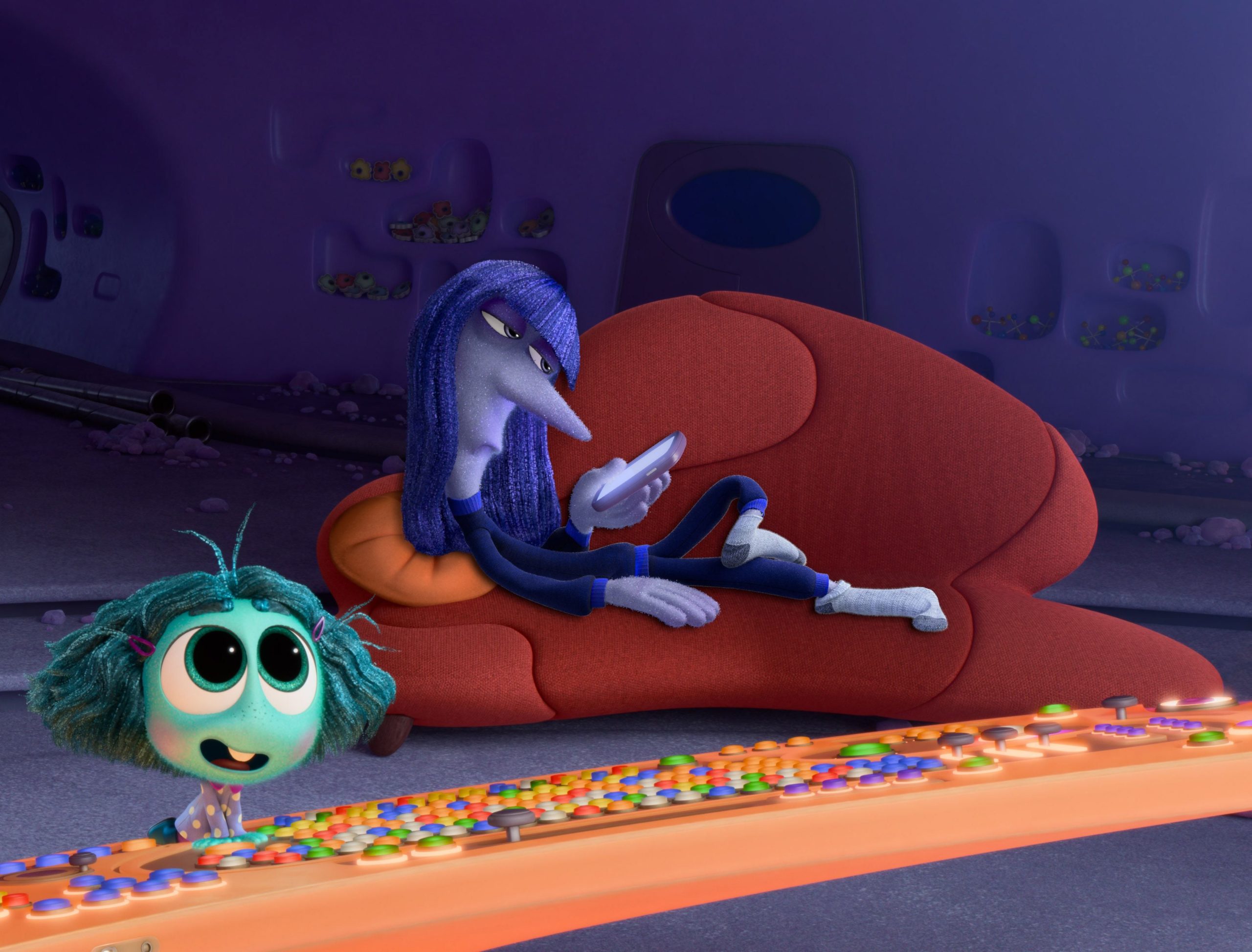
As usual, the voice cast is absolutely on-point for the bigger-better sequel. Amy Poehler, Lewis Black and Phyllis Smith return to their respective roles of Joy, Anger and Sadness, while newcomers Liza Lapira (replacing Mindy Kaling), Tony Hale (Replacing Bill Hader) and Kensington Tallman (Replacing original Riley voice-actor Kaitlyn Dias) join Maya Hawke, Ayo Edebiri and a host of supporting vocalists to inhabit this world of fantastical inner turmoil as Riley goes through complex character growth and emotional engagement. My wife and daughter were absolutely nodding along as Riley suffered a panic attack brought on by anxiety, suffered bouts of social ostracization and trying to find herself outside her comfort zones. Poehler, as Joy, is once more excellent, although her character arc this time is perhaps less introspective than previous, allowing the supplemental characters room to breathe. What might seem like a cluttered roster of new characters is actually a well-crafted ensemble of delightful – and not-so-delightful – new directions for the franchise to go in, all handled with grace and skill by Pixar’s exquisite writing and design teams. Maya Hawke’s turn as Anxiety is supremely funny and ingratiating despite her character being sooooo obnoxious, while Adele Exarchopoulos’ take on Ennui, aka boredom and indifference, had me chuckling a lot. The film takes us into the “back of the mind”, a dark, haunting place where all repressed memories are sent, as well as into a vault containing a “deep, dark secret” of Riley’s (where a low-resolution video game character also resides, in one of the film’s most delightfully nostalgic moments), as well as a number of other places valued to Riley’s sense of self.
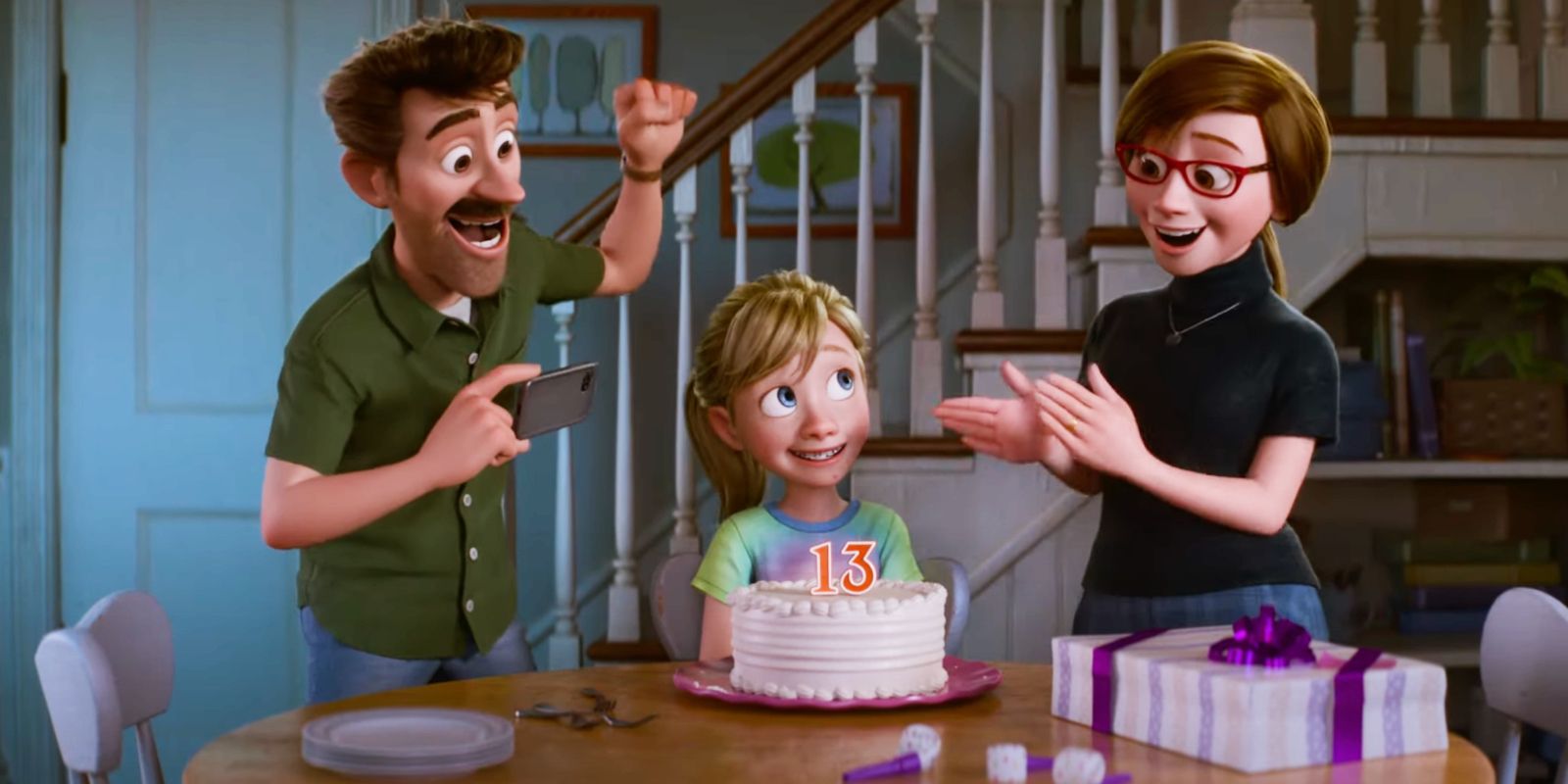
Pixar’s design work and the visual look of the film is astoundingly good. The template of “inside the mind” established by the first film is replicated and expanded in some surprising ways, and much of the analogous emotional and physiological states are represented in cool and intriguing motifs. The crisp animation holds true to Pixar’s well-established design flow and the film’s many visual effects, coupled with terrific cinematographic widescreen scope (perhaps also representing Riley’s expanding emotional landscape) make for one of the most impressive animated films I’ve seen this year. What I found delightful is that kids who were young when Inside Out 2 came out will have the opportunity to grow alongside Riley as she navigates adolescence, something younger viewers in 2015 will now be experiencing themselves, a decade later, in many ways mirroring the growth and narrative impetus of the studio’s other coming of age franchise, Toy Story. One suspect a kind of 7-Up feeling building here, and I would hope that Pixar will revisit this property again in a decade or so to pick up on yet more growth for Riley and her long-suffering parents. Perhaps a transition from high-school into adulthood?
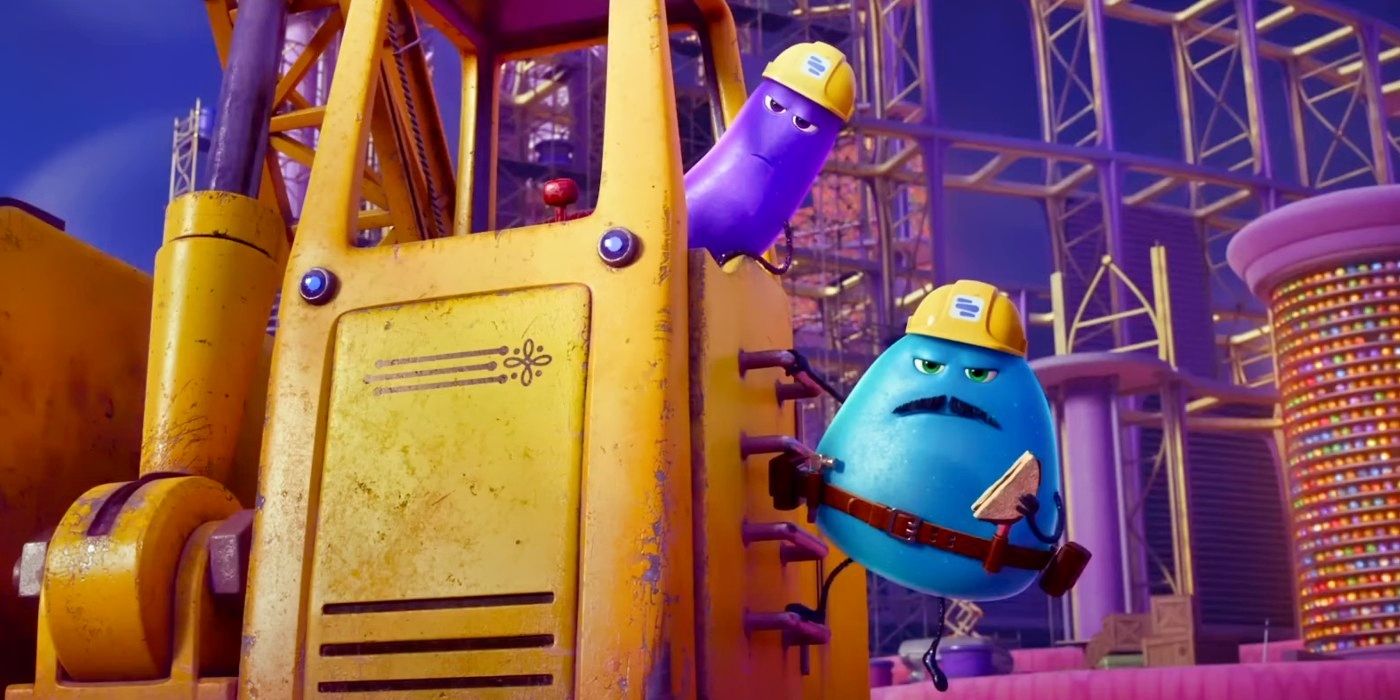
Inside Out 2 is splendid animated filmmaking of the highest order. It’s thematically rich, exquisitely animated, beautifully performed and delivers subtle, overt and a subversive wit as it brings us a new aspect of Riley’s life. It’s a touch darker than Inside Out was, which is natural considering the complexity of these new thoughts and emotions, and I think some adults will find themselves gibbering over just how accurate the film depicts some of the internalised deconstruction the film engages in; if you’re not looking at the funny characters then you’re considering the universal nature of all humans struggling with puberty and social growth, how to navigate through friendships and – as my wife would call it – the “passing of seasons” of one’s life. There’s something here for everyone. Inside Out 2 is an equal to its predecessor and I look forward to further examination of its thematic depths for years to come.

